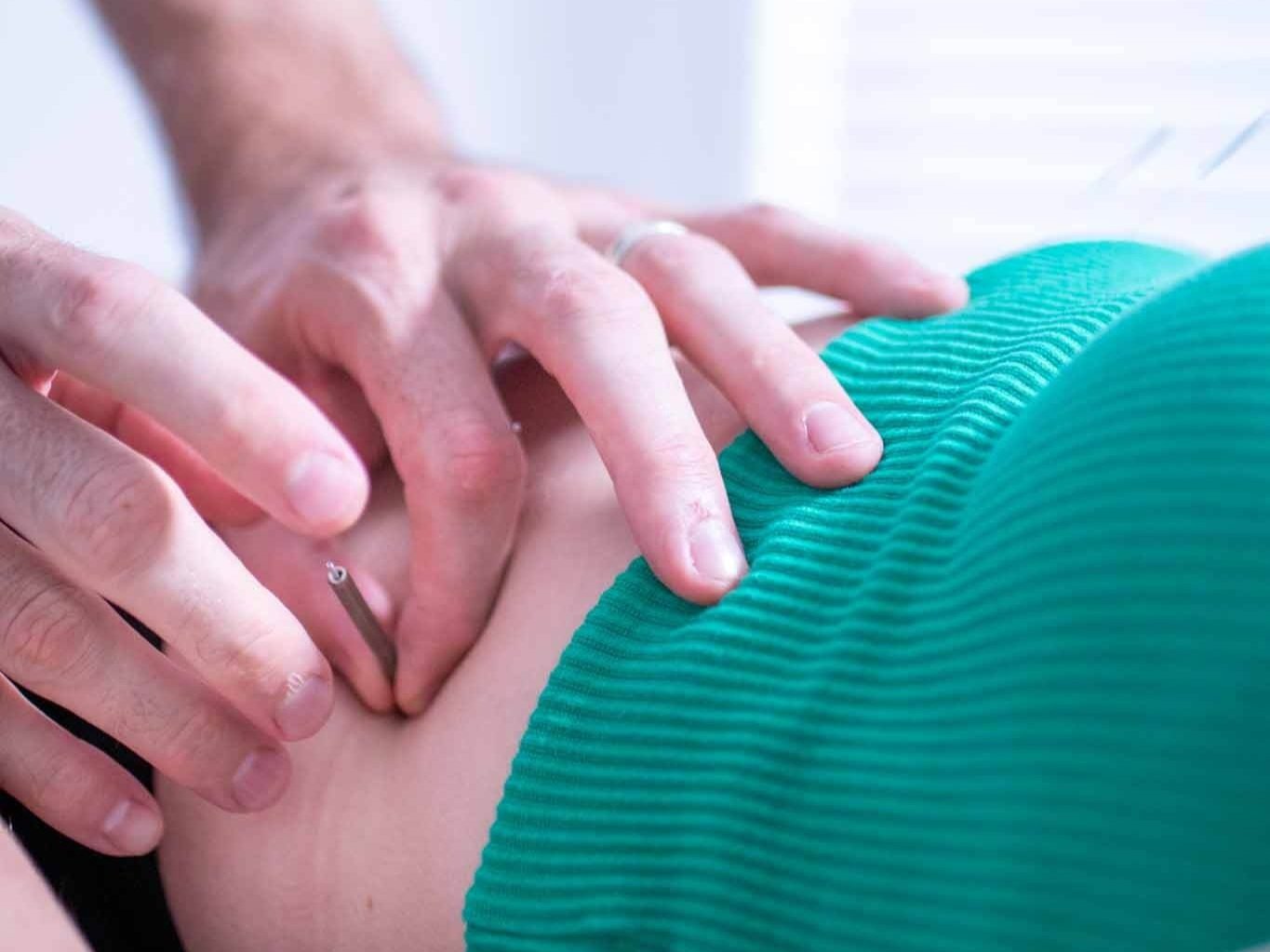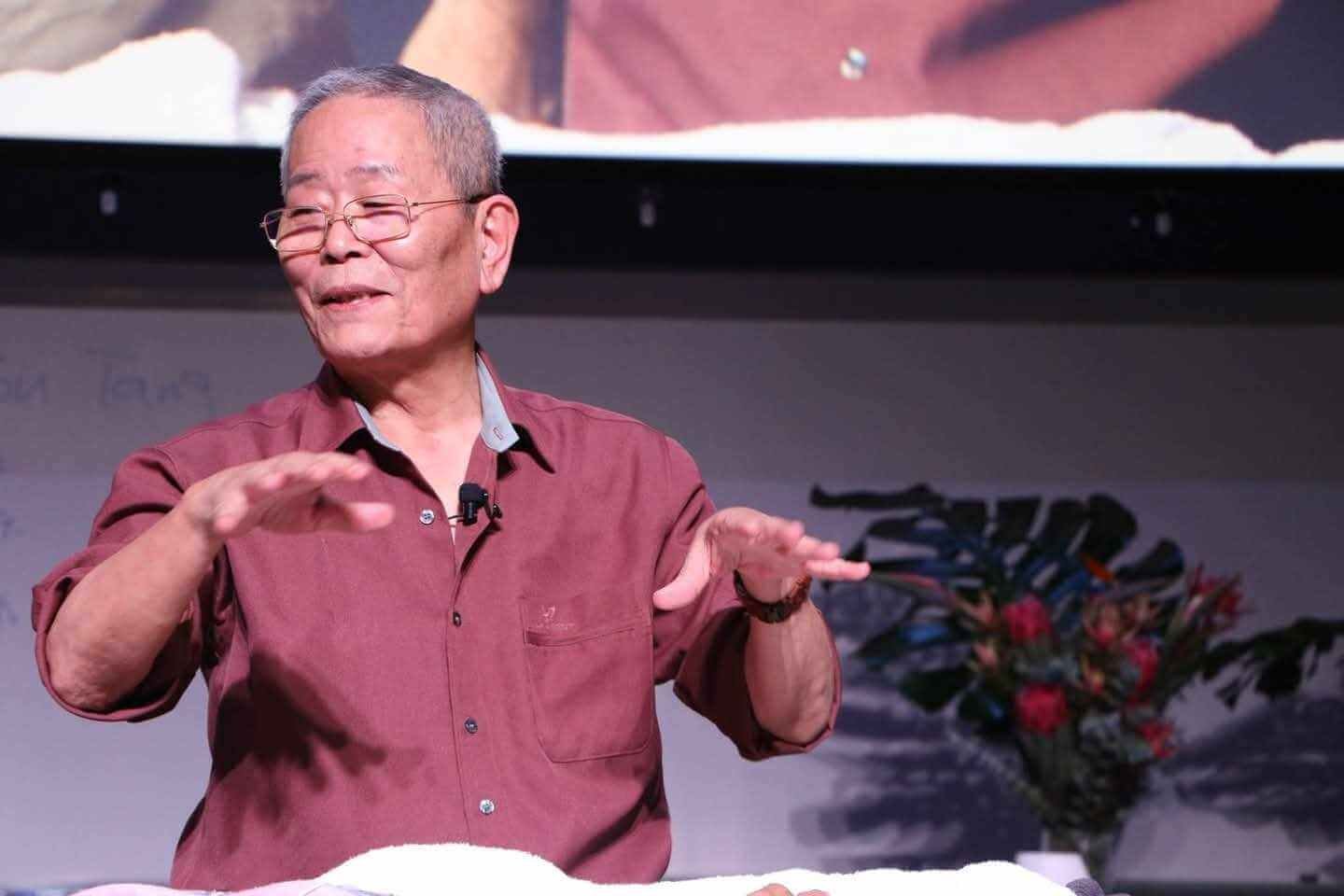What is Japanese acupuncture? At its core, it’s a style of acupuncture known for being gentle, precise, and highly personalised. It uses ultra-fine needles, shallow insertions, and careful touch to assess and treat the body. While it shares roots with Chinese medicine, Japanese acupuncture has developed its own unique techniques, tools, and philosophy—making it one of the most recognisable forms of acupuncture practiced in the West today.
Of all the styles that exist within Japan, one in particular has come to define Japanese acupuncture for many Westerners: Meridian Therapy. Developed in the 20th century, Meridian Therapy is a return to traditional East Asian medicine.
It’s a system that values sensitivity, clarity, and deep understanding—both of the classical Chinese medical texts and of the patient in front of you. It’s also the reason Japanese acupuncture is so often described as “refined” or “minimalist”—because it aims to do just enough, in just the right place, to support the body’s natural ability to heal.
In this article, we’ll explore what makes Japanese acupuncture—especially Meridian Therapy—so unique. We’ll look at the techniques that make it so gentle and precise, the philosophy behind its personalised treatments, and the story of how a group of determined practitioners brought it to life. Whether you're curious about trying it yourself or want to understand how Japanese vs Chinese acupuncture compare, this is your guide to Japanese acupuncture done the traditional way.
Unique Characteristics of a Japanese Style Acupuncture Treatment
When you receive a treatment in the Meridian Therapy style of Japanese acupuncture, a few things immediately stand out:
Gentle Needling: The needles are extremely fine and inserted very shallowly. This creates a much more comfortable and less invasive experience. The technique reflects a minimalist philosophy—do less, but do it with precision.
Palpation: Before and during treatment, the practitioner gently assesses various parts of the body for areas of tension, weakness, heat, or cold. This tactile feedback guides the treatment and helps fine-tune point selection.
Holistic Focus: Rather than just addressing one area of concern, the Meridian Therapy style of Japanese acupuncture treats the whole body. Points on the limbs, abdomen, and back are commonly used to regulate the internal state and support long-term healing.
Calming Atmosphere: The treatment space and practitioner’s demeanor are intentionally calm. This helps foster a meditative, healing environment that positively impacts both body and mind.
Moxibustion: Heat therapy using burning mugwort (moxa) is often used alongside needling. It’s valued for its ability to warm, strengthen, and support the body—especially in cases of fatigue or long-standing illness.
From Chinese Medicine to Japanese Acupuncture: A Brief History
Acupuncture and herbal medicine arrived in Japan via Korea around the 6th century. Chinese practices were highly respected and seen as more advanced than any other medicine at the time. For centuries, Japanese medicine closely followed China's lead. But periods of political isolation—particularly during the Edo period—gave Japan the chance to develop its own unique interpretations.
One fascinating chapter in this history is the rise of blind practitioners, who came to dominate the acupuncture profession during the Edo era (1602–1868). These practitioners developed highly refined palpation and needling techniques, contributing to the subtle and precise methods Japanese acupuncture is known for today.
The 20th century brought more upheaval. After World War II, traditional East Asian medicine was suppressed in favour of the Western medical model. In response, a group of committed acupuncturists—including Yanagiya Sorei—launched a movement to "return to the classics." They believed that the ancient Chinese medical texts still held vital knowledge and that acupuncture could evolve by reconnecting with its roots.
This was the beginning of Meridian Therapy.
Innovations That Shaped the Style
One of the most significant historical developments that influenced Japanese acupuncture and Meridian Therapy was the work of Waichi Sugiyama, a blind acupuncturist born in 1610. After losing his sight to smallpox as a child, Sugiyama became determined to master acupuncture. During a ritual fast on Enoshima Island, he experienced a moment of inspiration that led him to invent the guide tube—a simple yet revolutionary tool that transformed acupuncture practice in Japan.
Guide Tube: This simple tool revolutionized acupuncture. It allowed for more accurate, less painful needle insertions—especially useful for blind practitioners—and became a defining feature of Japanese needling technique.
Thin Needles: Alongside the guide tube came the use of ultra-fine needles, enabling shallower insertions with minimal sensation. These became standard in Japan and remains a hallmark of Meridian Therapy today.
Sugiyama’s contributions helped shape the gentle, precise nature of Japanese acupuncture, laying the foundation for later styles like Meridian Therapy.
Key Figures of Meridian Therapy
Meridian Therapy emerged during a time when traditional East Asian medicine was under serious threat in Japan. From the late 19th century through the post-World War II era, acupuncture and related practices faced suppression and interference as Western medicine became increasingly dominant.
In response, a group of committed practitioners came together to reexamine the classical roots of acupuncture. Their mission was to create a clear, effective system grounded in the foundational medical texts of classical China. This movement became known as Meridian Therapy.
Several key figures played a vital role in shaping and spreading this style:
Yanagiya Sorei: A talented acupuncturist and central figure in the post-war revival of traditional medicine. Yanagiya began his acupuncture training at 16, attending the first school in Japan established for those with sight. In the years that followed he famously called for a “return to the classics,” advocating for the use of ancient Chinese medical texts as the guiding framework for modern acupuncture.
Inoue Kieri & Okabe Sodo: Students of Yanagiya and influential practitioners in their own right. Alongside their peers, they worked tirelessly to research, interpret, and organize classical Chinese knowledge into a coherent, teachable system—fulfilling their teacher’s vision and laying the foundations for Meridian Therapy as we know it today.
Ikeda Masakazu: A prolific scholar and skilled clinician, Ikeda Sensei was taught by his older brother, Ikeda Takio, who trained under Inoue Kieri. A respected clinician and prolific author, Ikeda Sensei has helped refine Meridian Therapy and played a major role in bringing Japanese acupuncture to Western countries, including Australia and the United States.
All of these practitioners shared deep respect for Yagishita Katsunosuke (1854–1946), a legendary acupuncturist known for his exceptional skill and calm intention. His work served as a powerful example and inspiration for the generation of healers who created Meridian Therapy.
Techniques and Treatment Principles in Meridian Therapy
When people think of Japanese style acupuncture, one of the most noticeable differences is the overall feel of the treatment—it’s gentler, more precise, and often described as more personal. That’s especially true of Meridian Therapy, a style that grew from a desire to preserve traditional acupuncture knowledge at a time when it was being pushed aside.
In the late 19th and early 20th centuries, Japan began modernising and westernizing every aspect of its social systems, and acupuncture was no exception. The government promoted simplified versions of the practice, often stripping away traditional ideas in favour of a more Western approach. But not everyone agreed. A group of committed practitioners—led by figures like Yanagiya Sorei—wanted to keep the roots of traditional acupuncture alive. They turned to the old texts for guidance and developed what we now call Meridian Therapy.
What they created is a system that values simplicity, skill, and a deep understanding of how the body works. Here are some of the core ideas and techniques that make this style stand out:
Shallow Needling: The needles used are ultra-fine and placed just under the surface of the skin. This makes the treatment much more comfortable for the patient. While deeper needling is still used when needed, the overall aim is precision—doing just enough in just the right spot. This approach was especially refined by Japan’s blind practitioners, whose exceptional sense of touch helped shape this gentle technique.
Calm, Focused Treatment: One of the hallmarks of Meridian Therapy is the mindset of the practitioner. Treatments are carried out with a calm, steady focus—almost like a form of meditation. This creates a peaceful environment that puts the patient at ease and supports the body’s natural healing response.
A Personalised Approach: Meridian Therapy isn’t about applying the same treatment to everyone. Practitioners pay close attention to how each person is feeling and functioning. Through gentle touch, visual cues, and thoughtful questions, they build a picture of what’s going on and adjust the treatment to suit the individual.
Meridian Thinking: In this system, the body is understood through a network of pathways, sometimes called meridians. These meridians guide the practitioner’s understanding of symptoms and where to place the needles. It’s a practical way to organise treatment and ensures that every point used has a clear purpose.
Root and Branch Strategy: Treatments are structured to first address the underlying cause of disease (the "root"), and then, if needed, help ease any remaining symptoms (the "branch"). This two-step approach supports lasting improvement rather than quick fixes.
Moxibustion: Alongside needling, Meridian Therapy often uses a technique called moxibustion—where dried mugwort is gently burned near the skin to warm and nourish specific points. This practice has a long history in Japan and is especially helpful for people dealing with fatigue, chronic issues, or cold-related conditions.
Meridian Therapy shows that traditional medicine doesn’t have to be rigid or outdated. When approached with care and understanding, it can offer something that’s both deeply rooted and refreshingly human.
Experience the difference of Japanese acupuncture for yourself
Japanese acupuncture, and especially Meridian Therapy, offers a deeply thoughtful approach to healing—one that doesn’t rush, doesn’t overwhelm, and doesn’t treat every person the same. It’s about tuning in, slowing down, and working with the body in a way that feels both grounded and profound.
Whether you’re new to acupuncture or have tried other styles before, Japanese acupuncture is worth experiencing for yourself. It’s gentle, precise, and built around a simple but powerful idea: that healing works best when it’s personal.
Author
Adam Hjort is a Registered Acupuncturist and member of Australian Acupuncture & Chinese Medicine Association (AACMA). He has been practicing since 2010 and maintains a clinic dedicated to the treatment of pain, inflammation, stress, and other health conditions, located in Ashmore, Gold Coast.







